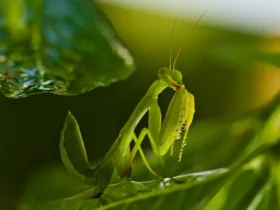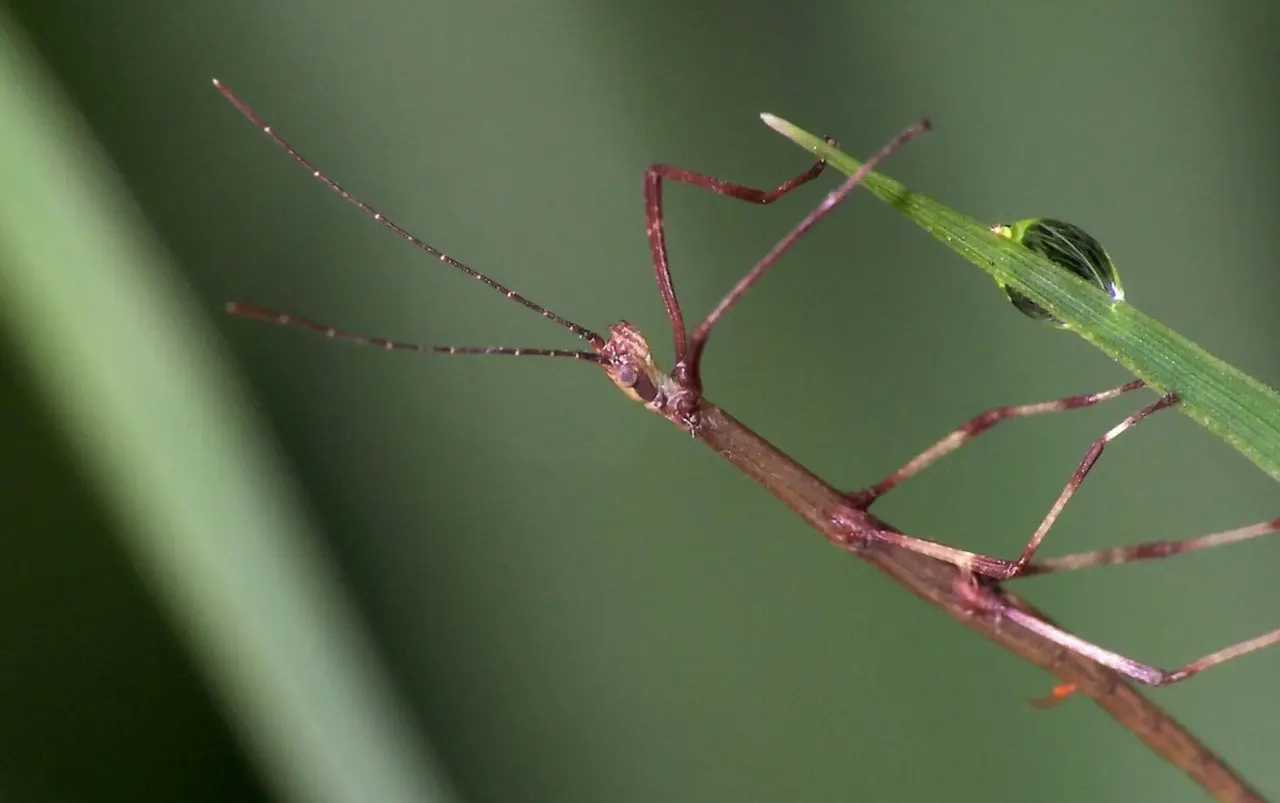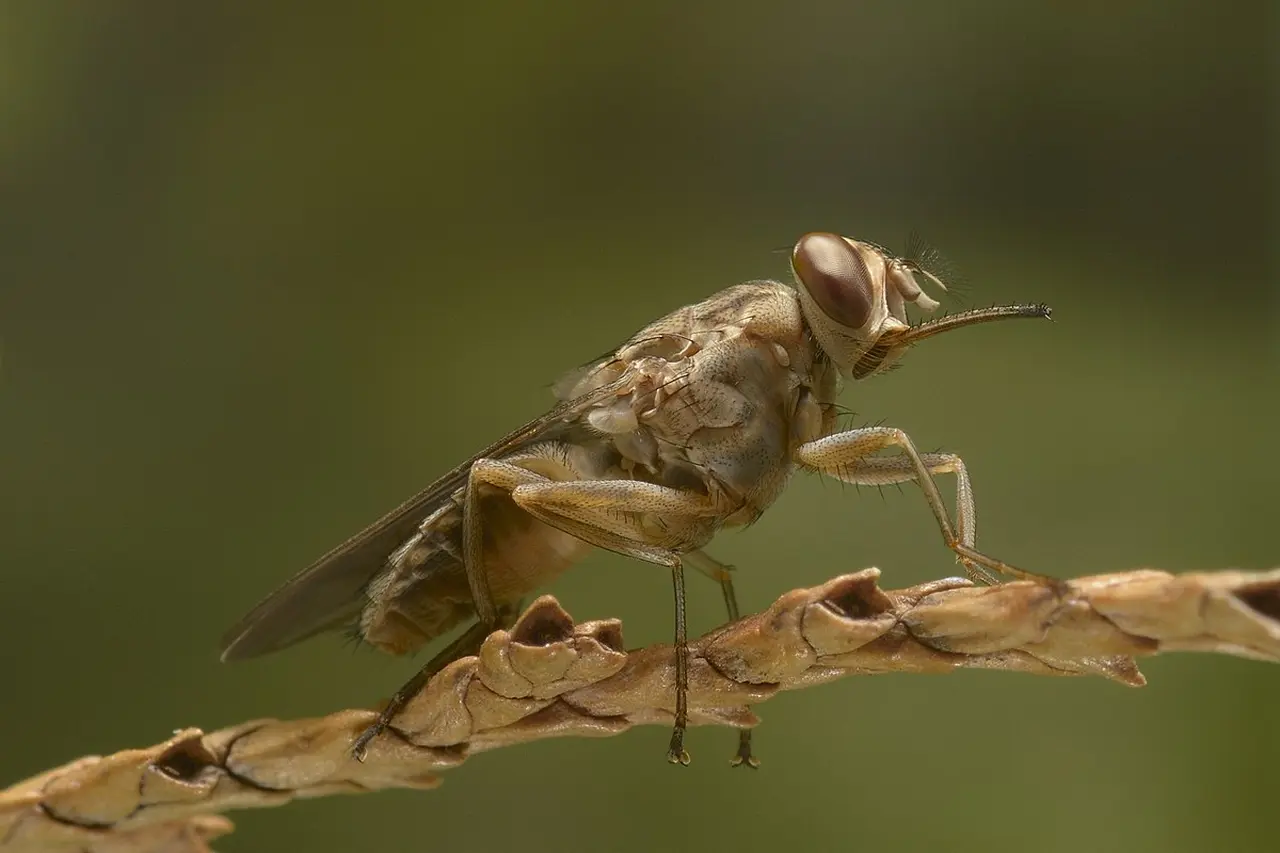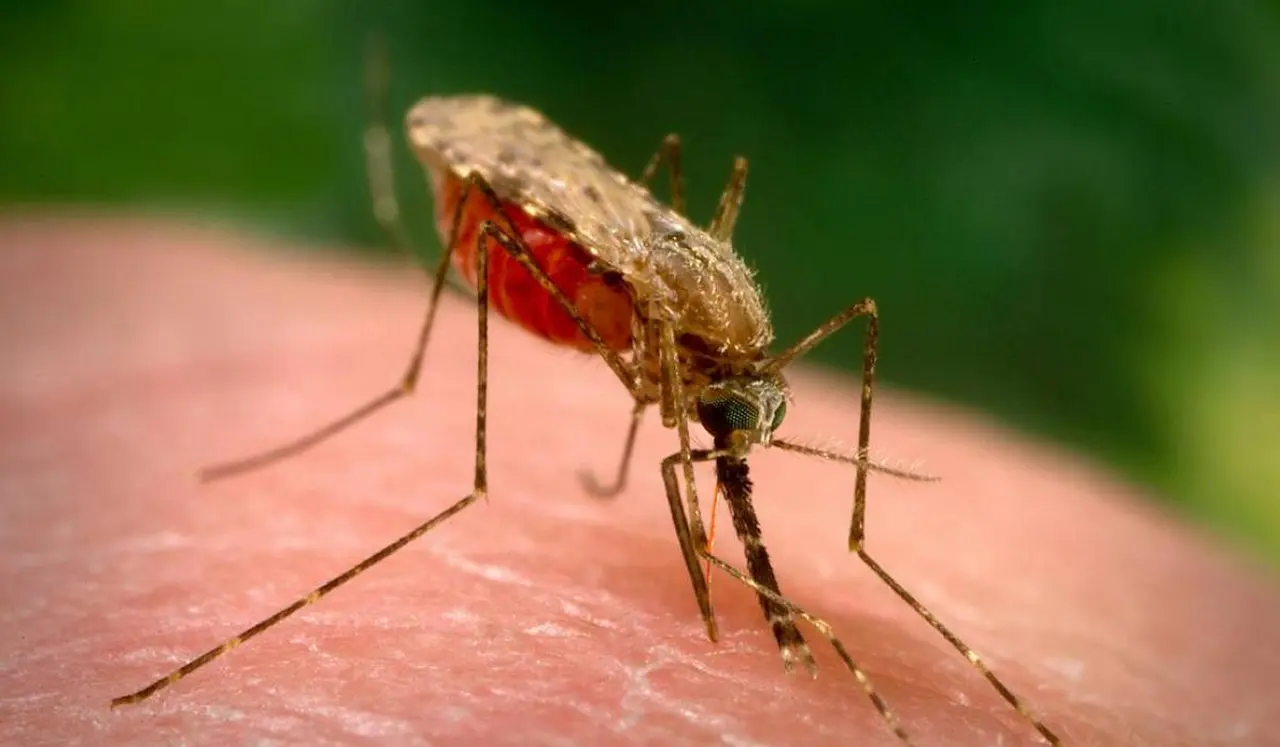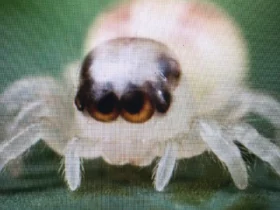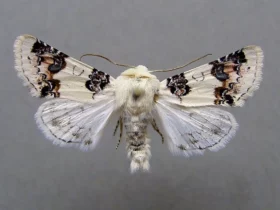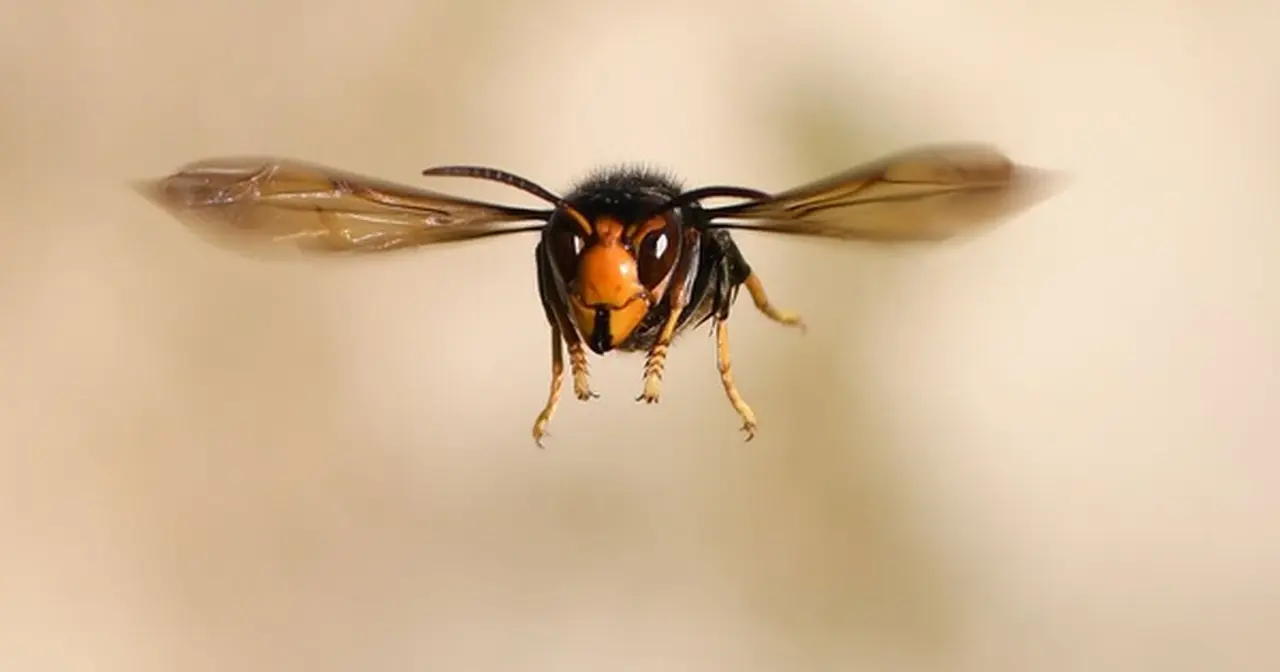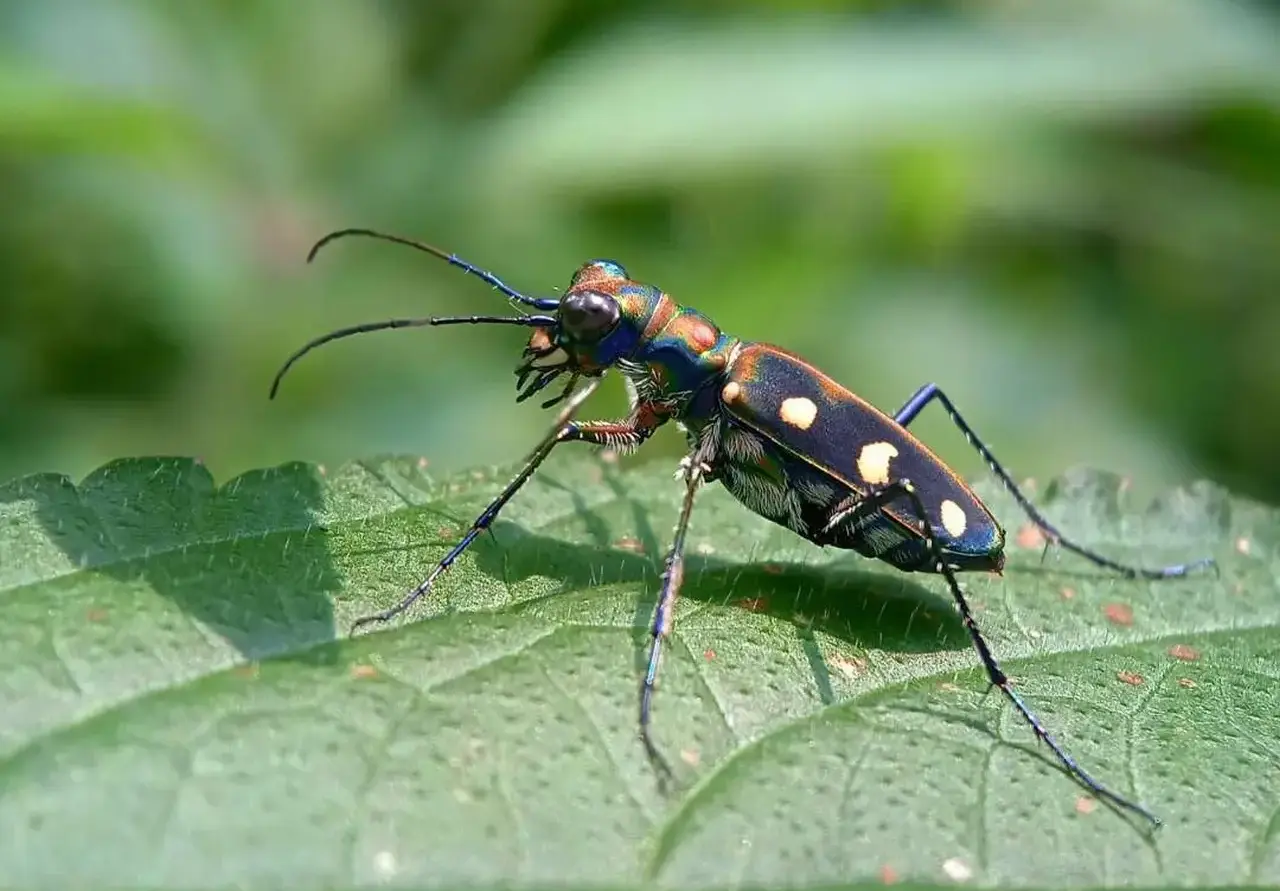Among all the insect species on Earth, not all of them are harmful to human life. Instead, there are many insect species that are highly beneficial and completely harmless. The following article will compile these beneficial insect species.
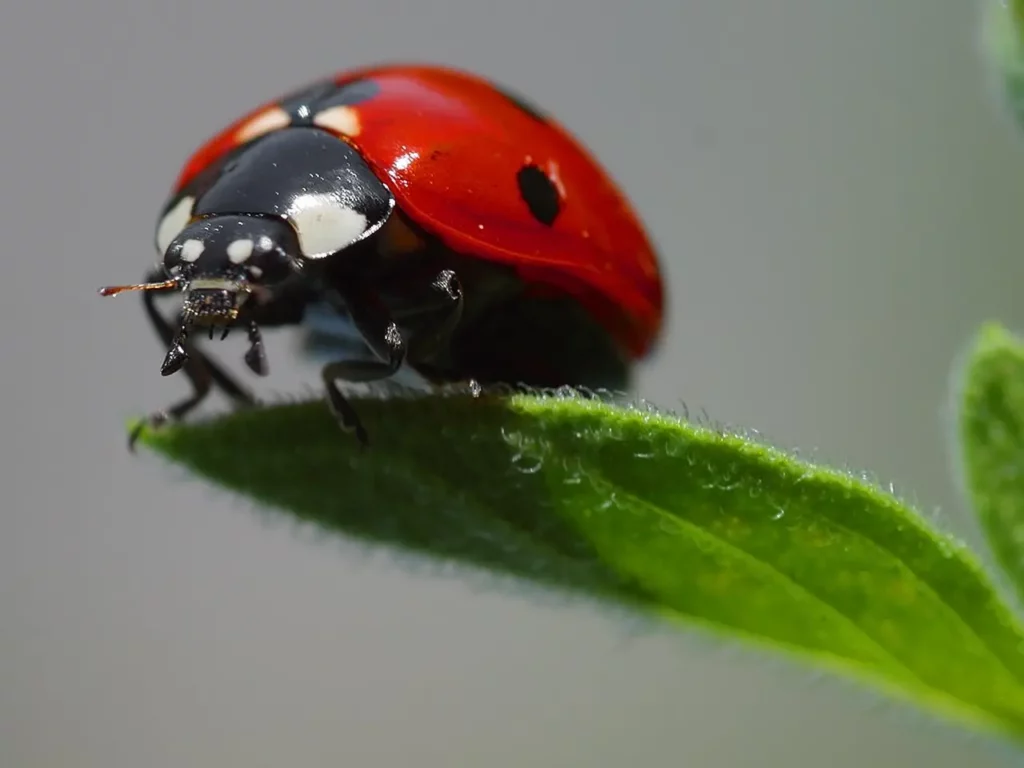
Introducing the 13 most beneficial insect species in the world.
Let’s now explore the insects that are beneficial for our daily lives as below:
1. Silkworm
Silkworms are among the insect species that bring high economic value to farmers. Although they don’t directly protect crops, silkworms produce silk, which is a premium material with good export potential, thereby providing sustainable income for rural communities.
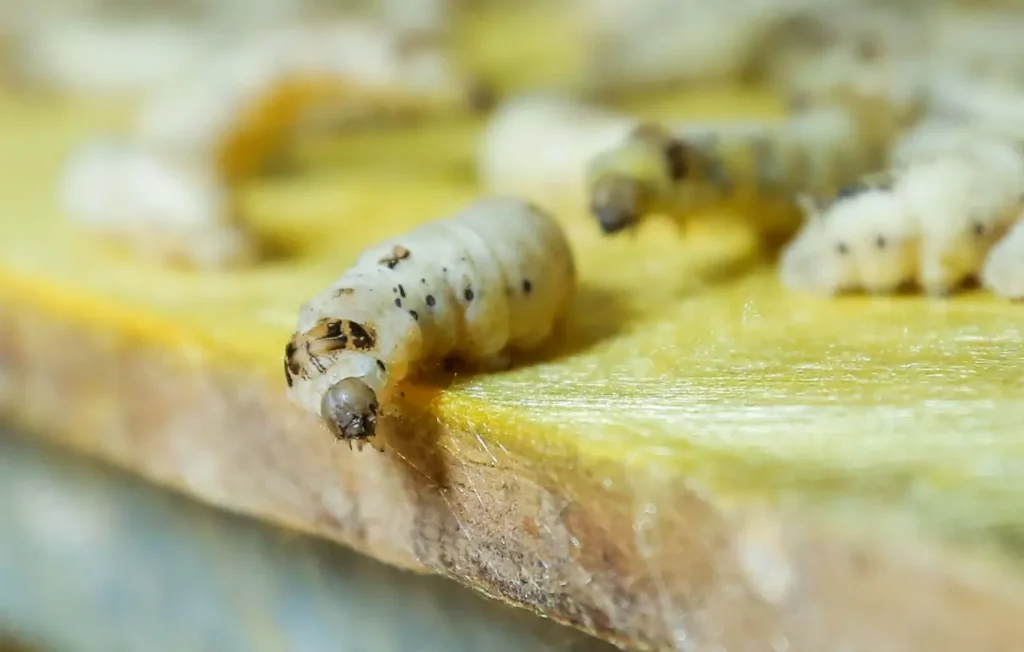
2. Honeybee
Honeybees are highly beneficial insects in the pollinator group, aiding in the growth and increased yield of crops. Additionally, bees provide special benefits to humans, such as producing sweet honey for agricultural trade and commerce. Honey also has medicinal properties, helping with respiratory illnesses like coughs and lung ailments, as well as being effective in supporting digestion.
Moreover, honey is used for beauty purposes, treating conditions like insomnia, fever, and can be used as a convenient and useful polishing agent, such as beeswax.
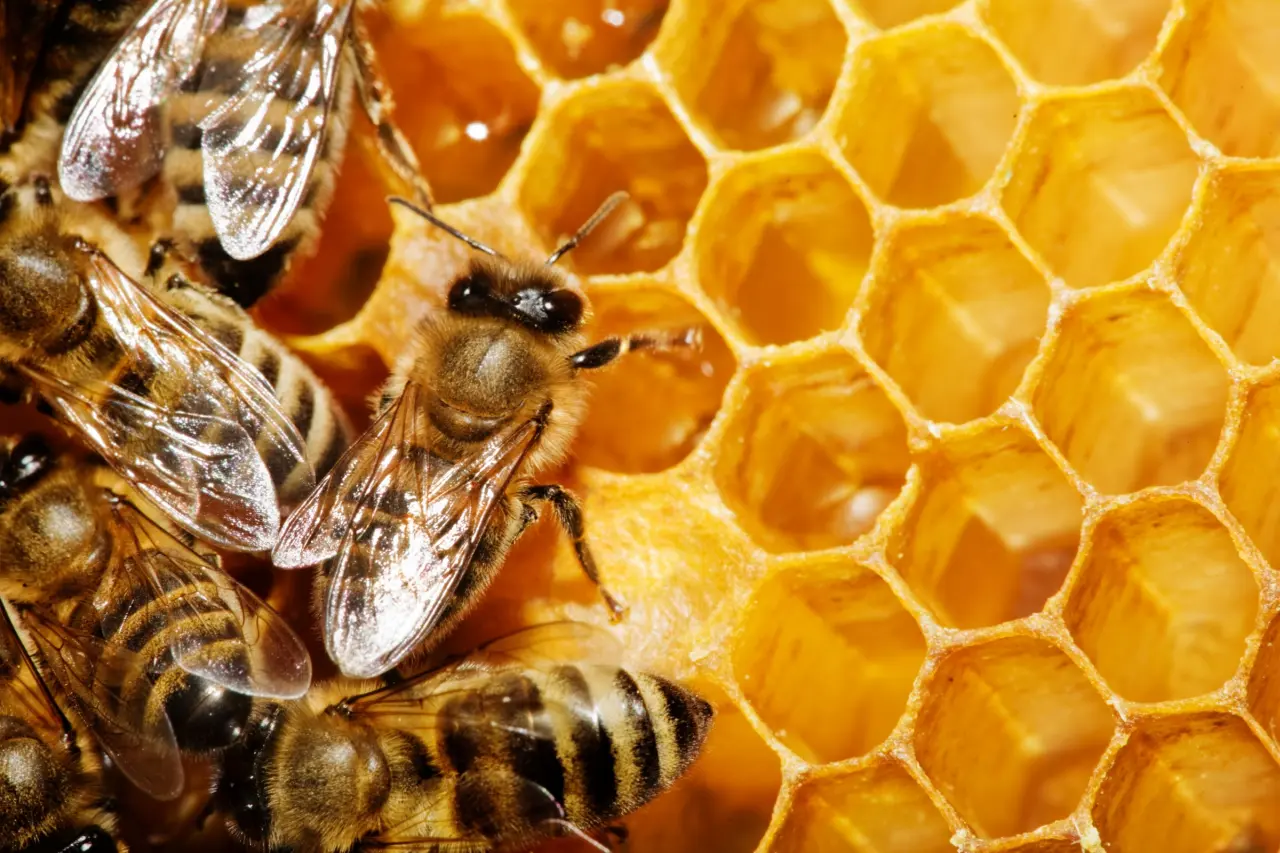
3. Butterfly
Butterflies, similar to bees, are highly valued as pollinators, aiding in efficient pollination of plants. Butterflies are attracted to fragrant flower gardens, and during their nectar feeding process, they unintentionally assist in pollination, leading to flower formation, fruiting, and abundant harvests.
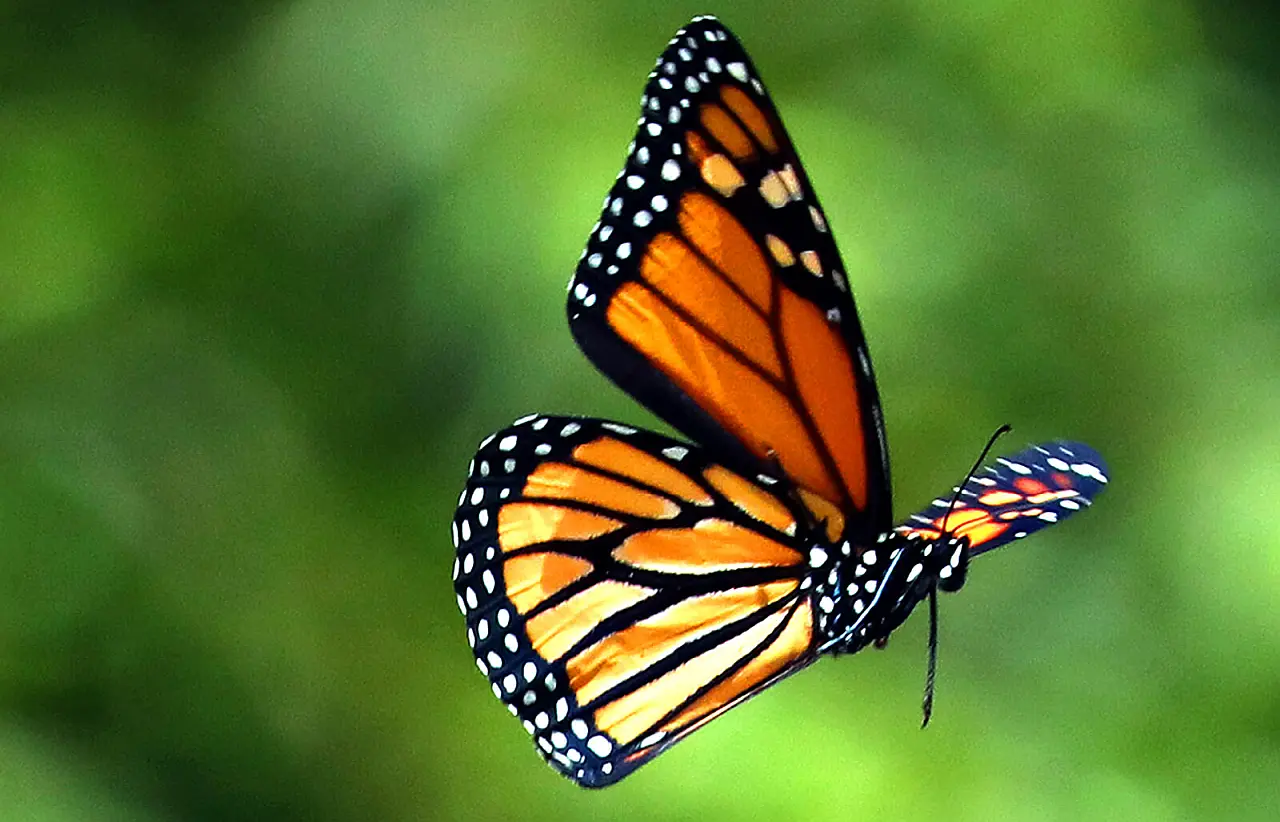
4. Ladybug
Ladybugs are incredibly beneficial insects as they often feed on various harmful insects such as aphids and mites, acting as a natural pest control agent to protect plants. Throughout their lifespan, a single ladybug can consume up to 5,000 aphids. Importantly, ladybugs do not harm humans and only bring benefits to us.
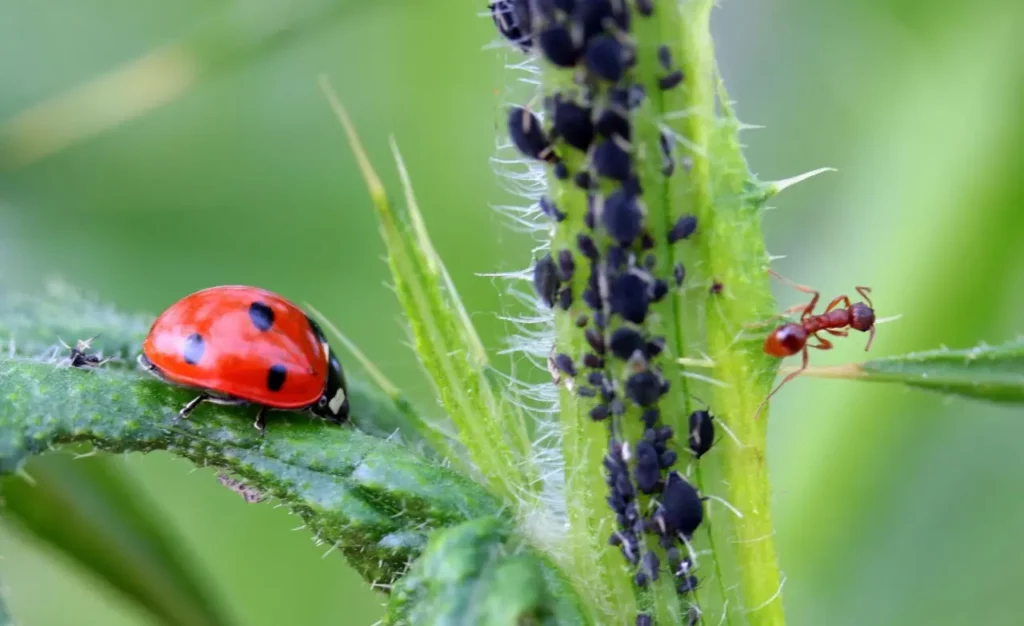
5. Ground Beetle
Ground beetles are known to prey on snails, caterpillars, and leaf-feeding larvae, which are harmful to leaves and can impact the quality of crops. Ground beetles primarily inhabit flower gardens, clover fields, and they are most active at night. They are beneficial insects and excellent predators, contributing to the well-being of people.
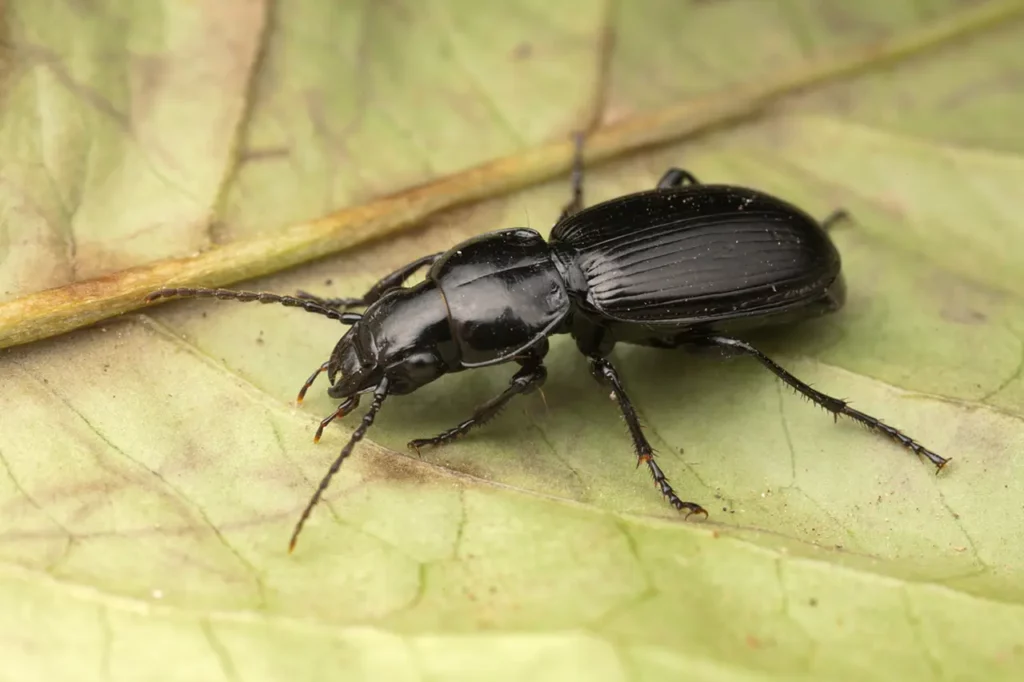
6. Earwig
Earwigs are known to target leaf-rolling caterpillars. They can consume up to 30 larvae per day, showcasing their effective predatory behavior. They have shiny black bodies, a white space between abdominal segments, and a white spot on their head near their antennae.
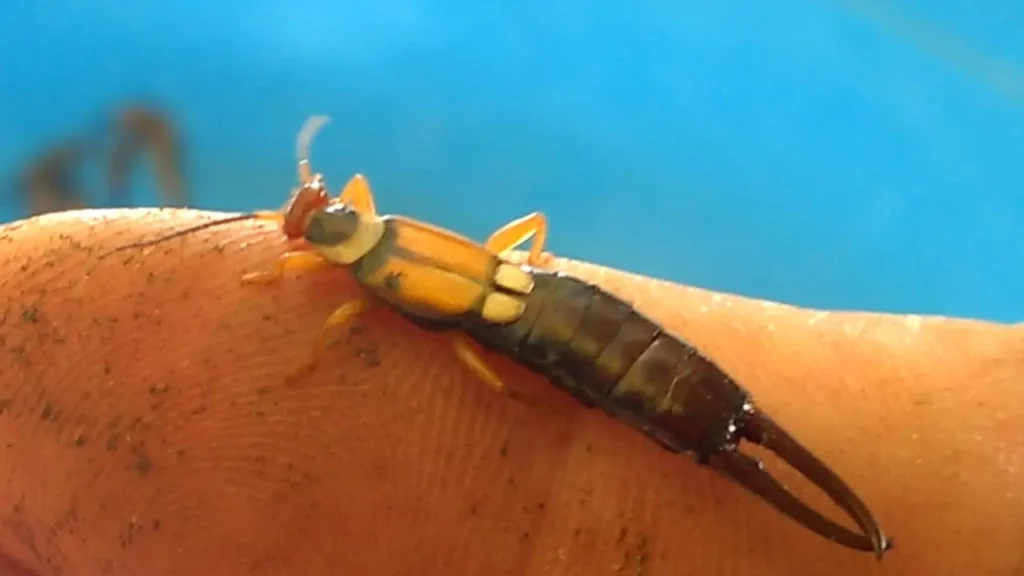
7. Three cavity beetle
Similar to ground beetles, three cavity beetles are beneficial insects that belong to the group of hard-winged beetles. They contribute to the well-being of crops by cleaning up leaf-rolling caterpillars and other young larvae that commonly appear in rice fields.
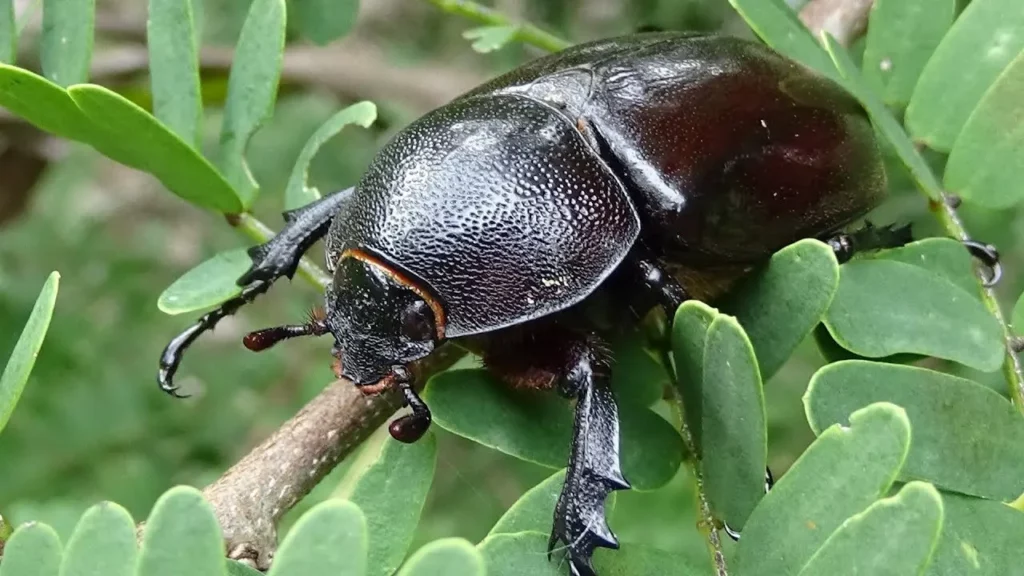
8. Dung Beetle
Dung Beetles possess an exceptional strength among beneficial insects. They are capable of lifting objects that weigh up to eight times their body weight. Dung Beetles belong to the group of hard-winged beetles, and their primary source of food is decomposed animal dung, including that of livestock and poultry. They roll dung into round balls and push them away, effectively decomposing animal waste and reducing soil pollution while improving soil quality.
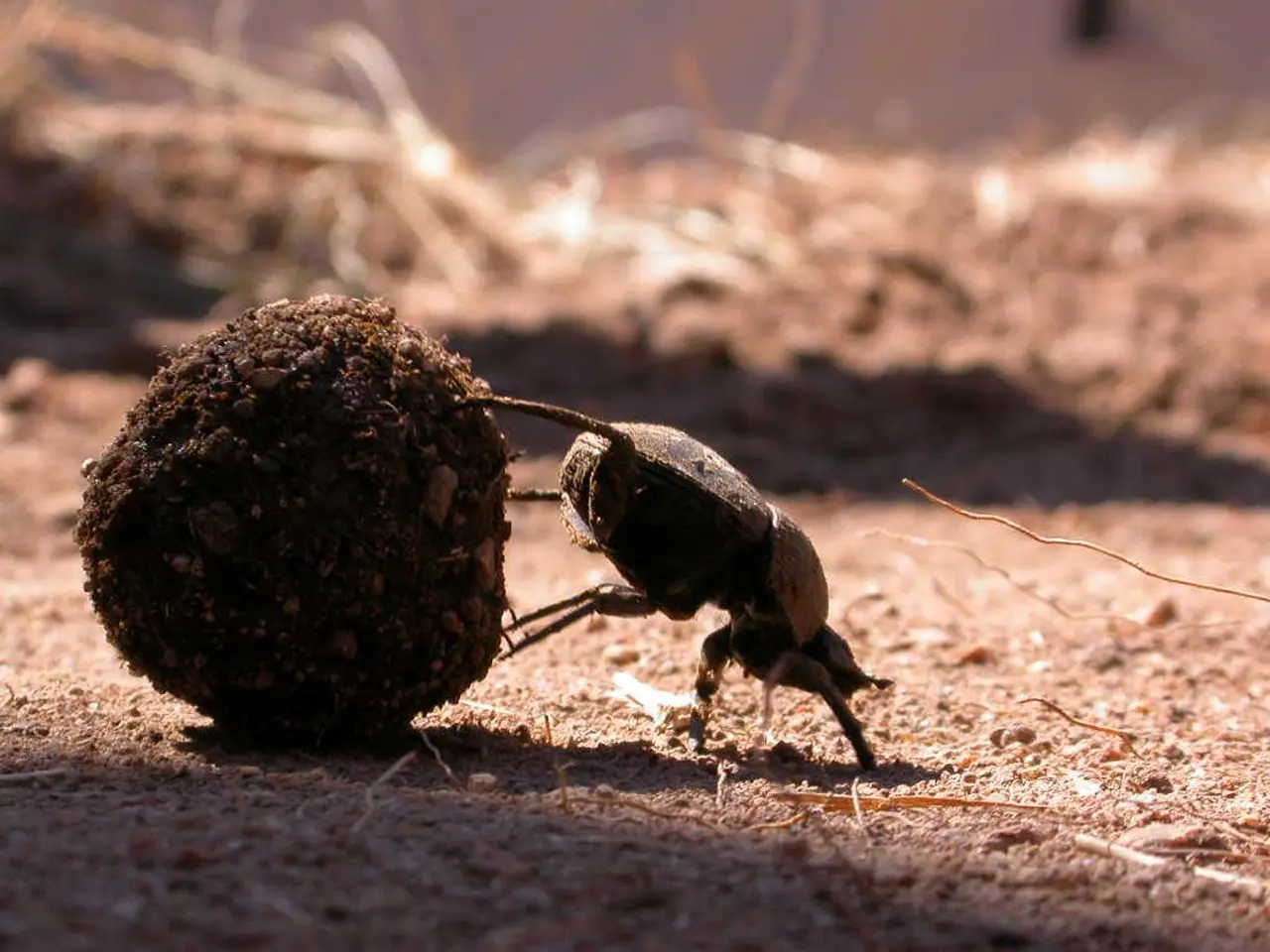
9. Chrysopidae
Chrysopidae have sharp mouthparts, especially in their larval stage, which helps farmers protect their crops. They have thin, transparent wings that resemble a fishing net. As adults, they can reach a maximum size of about 20mm, relatively small compared to their larvae, which can be larger than 6mm.
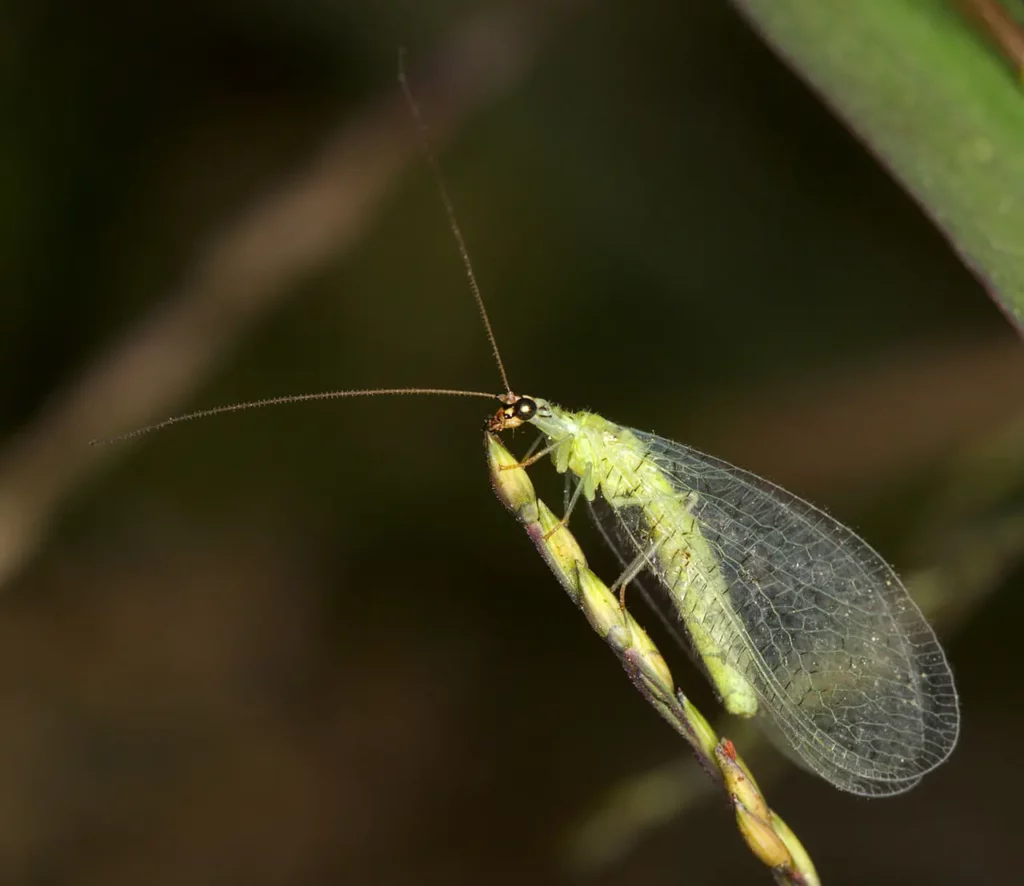
10. Prickly beetle
Prickly beetles are characterized by sharp spines on their shoulders. They can consume various types of caterpillars and other plant-damaging insects, protecting plants and crops. They are effective in controlling pests such as moth larvae and other crop-damaging insects.
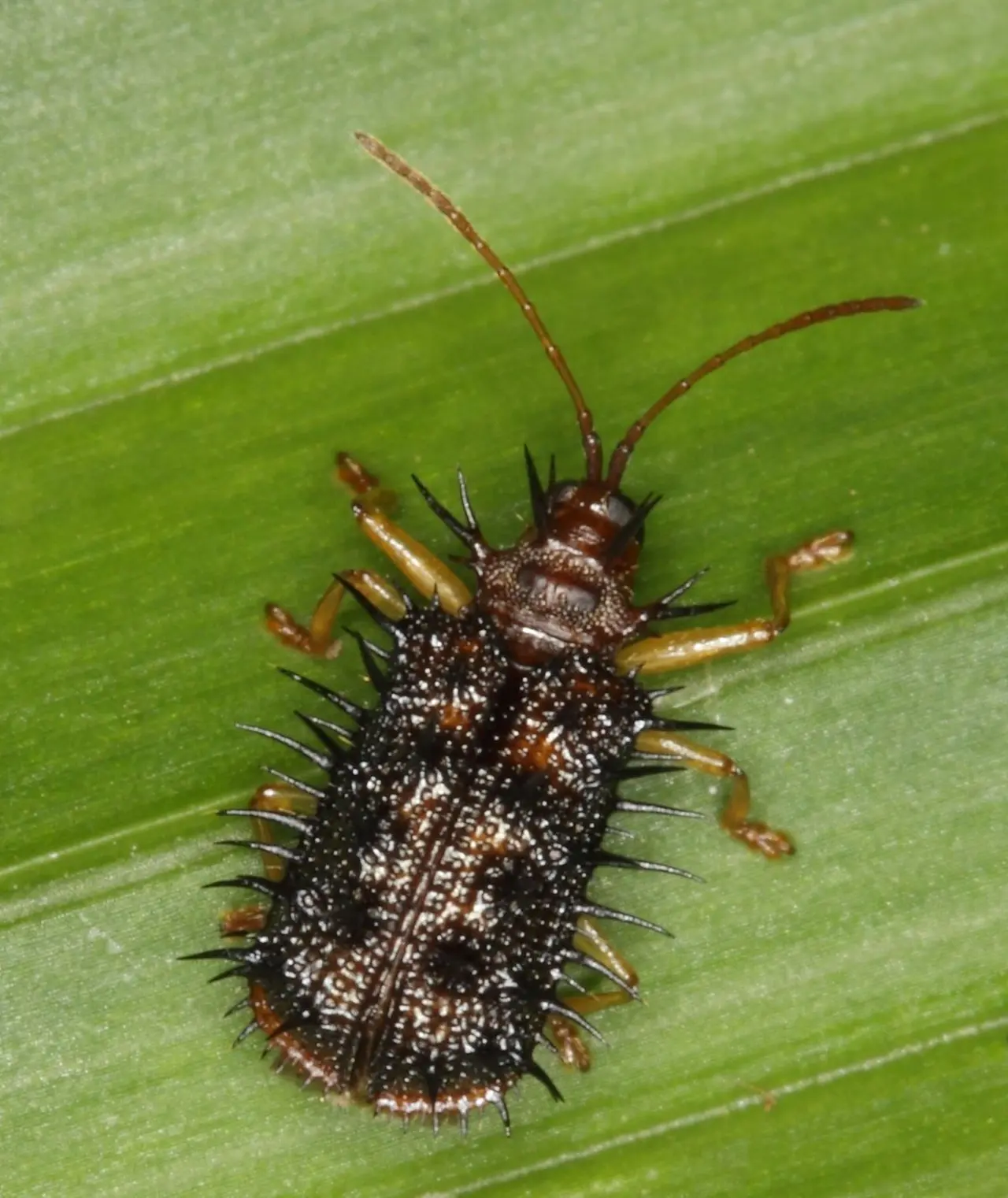
11. Stink bug
Stink bugs are known to appear during the summer season. They have a distinct odor and dark coloration. Despite their appearance, stink bugs are considered beneficial insects. They use their proboscis to suck the eggs of harmful pests, particularly those that affect rice crops. They can consume nearly 10 eggs per day, helping farmers protect their crops.
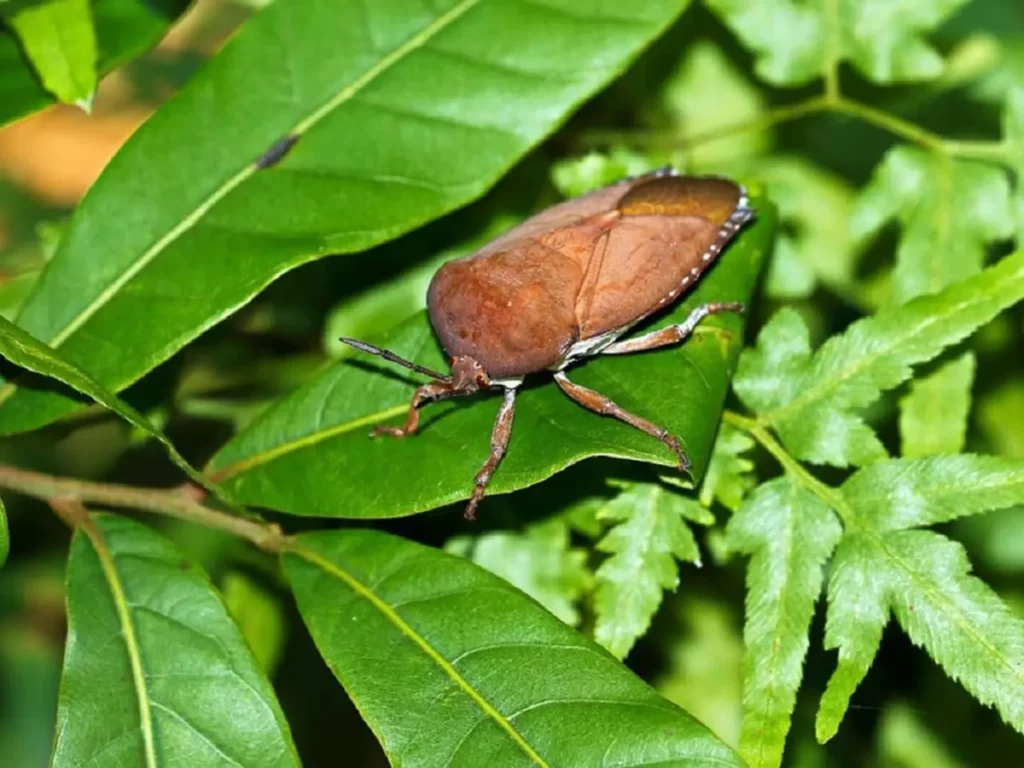
12. Dragonfly
Most dragonflies are beneficial, their favorite foods are insects and worms. Once the target is targeted, it is difficult for any species to escape their sights. Additionally, dragonflies can predict weather changes, particularly when rain is approaching, which is quite fascinating.
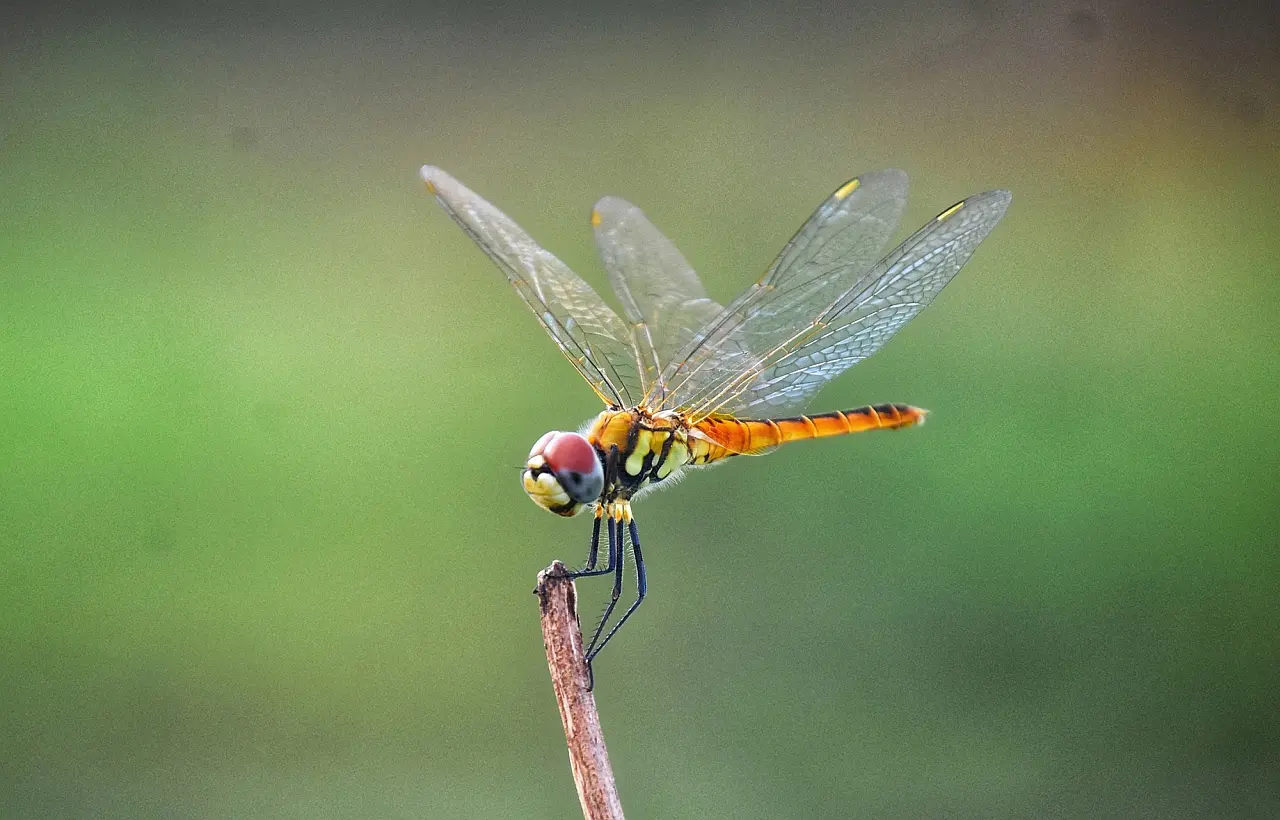
13. Earthworm
Earthworms contribute to improving soil fertility. They are often referred to as the “gardeners” because their primary food sources are sand, soil, and the remains of plants. As they consume and digest these materials, a portion of them is excreted, enriching the soil and making it more fertile and easier to cultivate. Thanks to earthworms, farmers don’t need to extensively amend the soil, yet they still have nutrient-rich and fertile soil for farming.
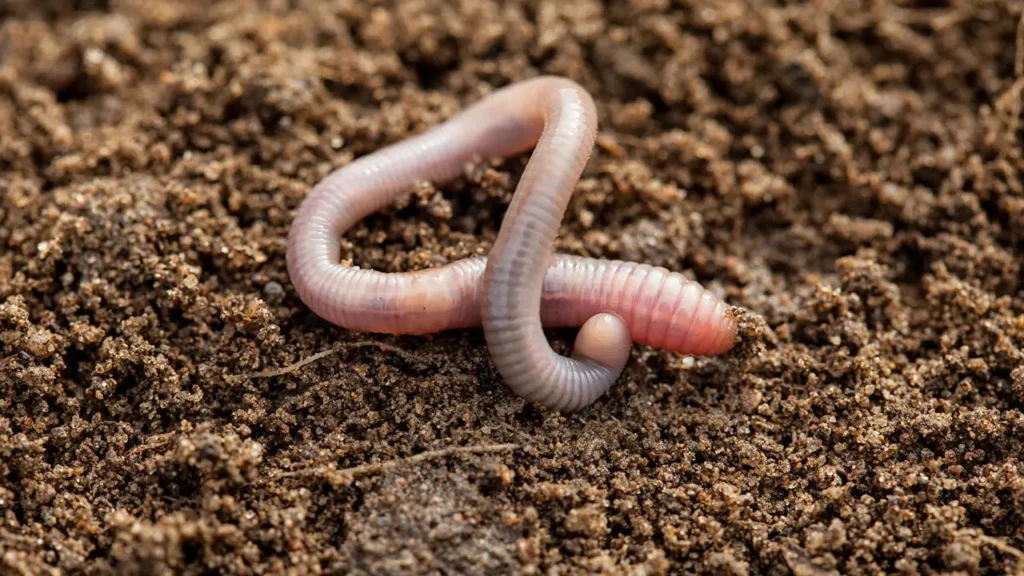
So, how do beneficial insects impact our lives?
The significance of beneficial insects
Beneficial insects, whether they unintentionally assist in pollination or perform tasks such as scavenging, pest control, honey production, silk production, etc., all have crucial importance in the ecosystem and the diverse community of species on this beautiful planet. They symbolize diligence and industriousness, thereby aiding farmers in their crop production and bringing about high economic value.
They contribute to making the world more diverse and demonstrate that insects are not only harmful but also highly beneficial and useful for life. Therefore, we should not exterminate them but rather allow them to continue their work and fulfill their missions in nature.
From this perspective, we can see that these insect species out there bring value to life and make valuable contributions through their highly beneficial actions for the people.
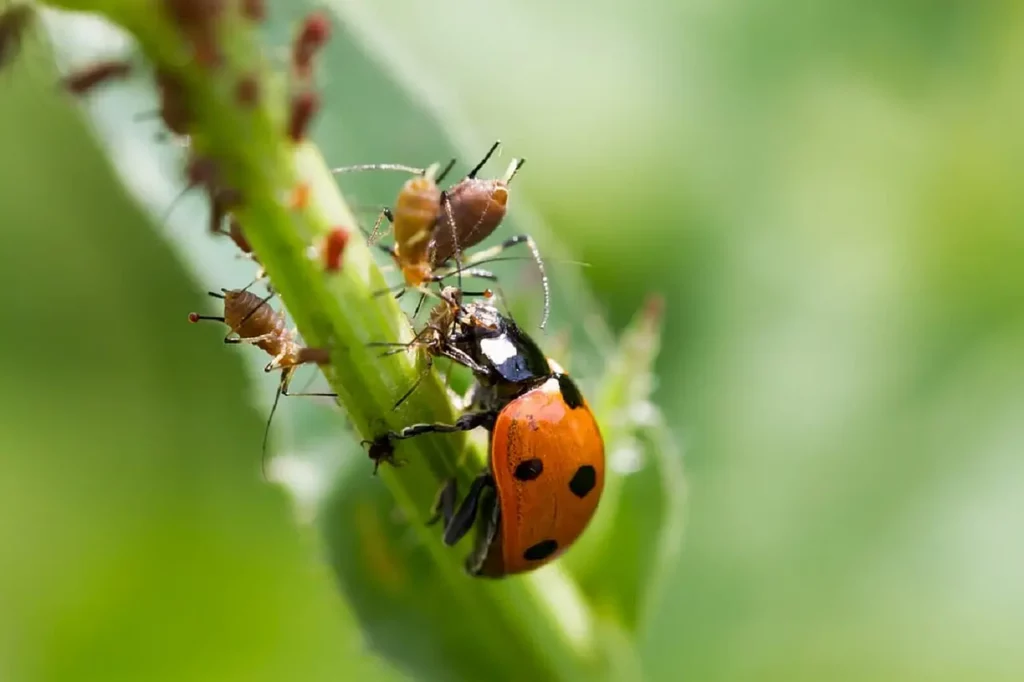
These are the information we have gathered about some beneficial insect species. We hope that through this article, readers will gain a more objective view of the various insect species existing in the world.
